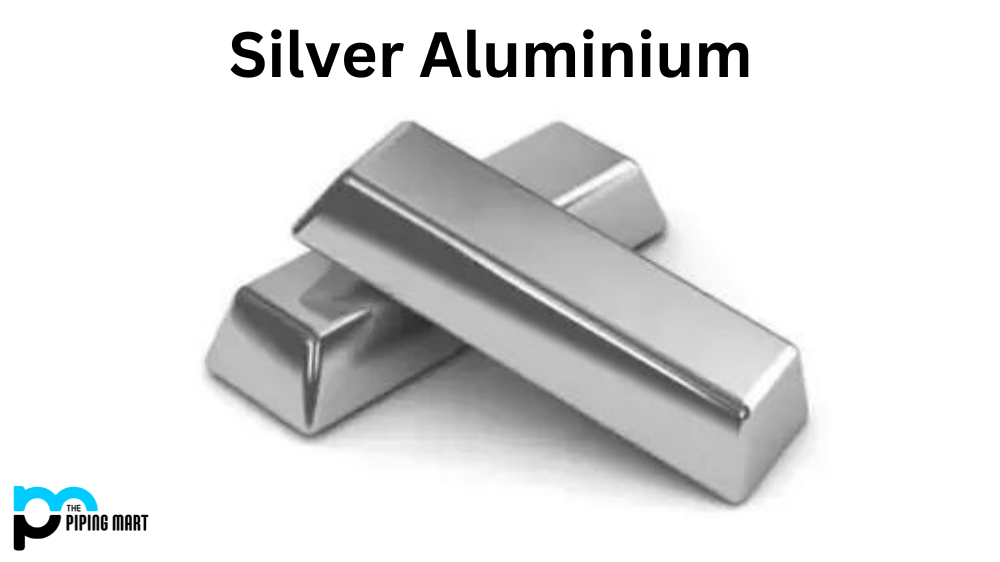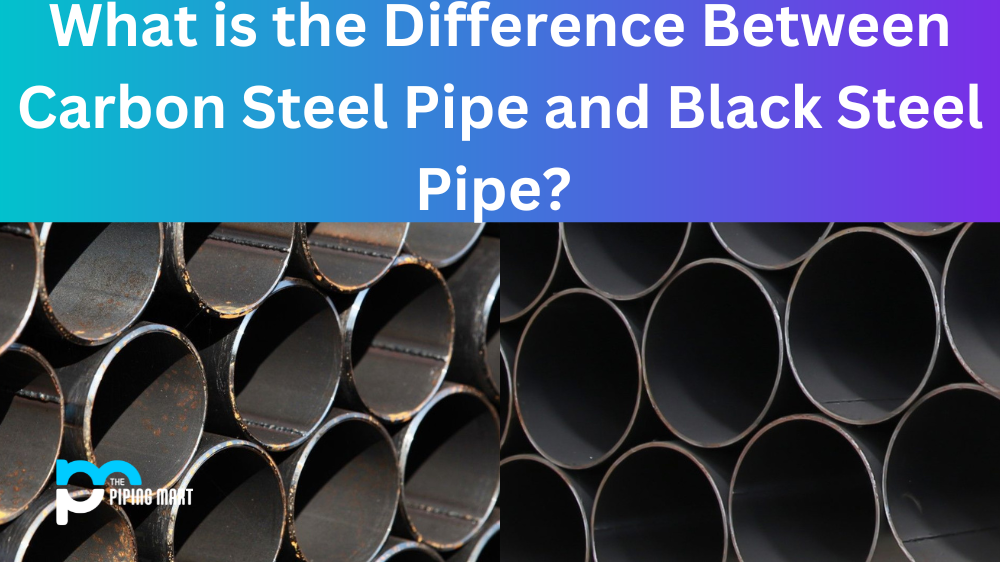Silver aluminum is a unique and versatile metal alloy that offers a variety of uses and benefits. It’s lightweight, strong, and corrosion-resistant, making it an ideal material for many applications. Read on to learn more about silver aluminium, its properties and uses.
What is Silver Aluminum?
Silver aluminium is an alloy made from aluminium and silver particles. This combination gives the alloy greater strength than pure aluminum while maintaining lightness and durability. Silver aluminium has excellent anti-corrosion properties, which makes it ideal for outdoor use in humid or wet conditions. It also has high thermal conductivity, which can be used in heat sinks or other applications requiring efficient heat transfer.
Silver Aluminium Uses
Due to its versatility, silver aluminum has many different uses across various industries. For example, it’s often used in aerospace applications due to its light weight and strength. It’s also popular in the automotive industry as an alternative to traditional materials like steel or iron because of its low maintenance requirements and durability. Silver aluminium can be found in electrical components like wiring harnesses or switchgear due to its high electrical conductivity and medical equipment like MRI scanners because of its non-magnetic properties.
Silver Aluminium Properties
Silver aluminum has several unique properties, making it an excellent choice for various applications. In addition to being lightweight and strong, it also has great thermal conductivity, meaning it can efficiently transfer heat away from sensitive components like electronics or medical equipment. Furthermore, silver aluminium is non-magnetic, so that it won’t interfere with magnetic fields used for medical imaging technology or navigation systems. Finally, silver aluminum is highly resistant to corrosion, so it won’t corrode when exposed to moisture or humidity over time.
- Silver is a chemical element with the symbol Ag and atomic number 47.
- A soft, white, lustrous transition metal exhibits the highest electrical conductivity, thermal conductivity, and reflectivity of any metal.
- The metal is found in the Earth’s crust in its purest form, as an alloy with gold and other metals, and in minerals such as argentite and chlorargyrite.
- Most silver is produced by-products of copper, gold, lead, and zinc refining.
- Silver has long been valued for its white metallic lustre, ability to be readily worked, and resistance to tarnish and corrosion.
- In the past, silver was often used as a currency or as a store of value.
Conclusion:
Silver aluminium is a versatile metal alloy composed of aluminum and silver particles that offers a variety of benefits, including being lightweight yet strong; having excellent anti-corrosion properties; being highly thermally conductive; being non-magnetic; and having great electrical conductivity when compared with other metals such as steel or iron. This makes it suitable for use across multiple industries, including aerospace engineering, automotive manufacturing, electrical systems engineering, and medical imaging technology, due to its unique combination of strength and durability combined with corrosion resistance and low maintenance requirements. These characteristics make silver aluminium one of the most popular metal alloys available today!

Pipingmart is a B2B portal that specializes in metal, industrial and piping items. Additionally, we share the latest information and information about materials, products and various types of grades to assist businesses that are involved in this business.




